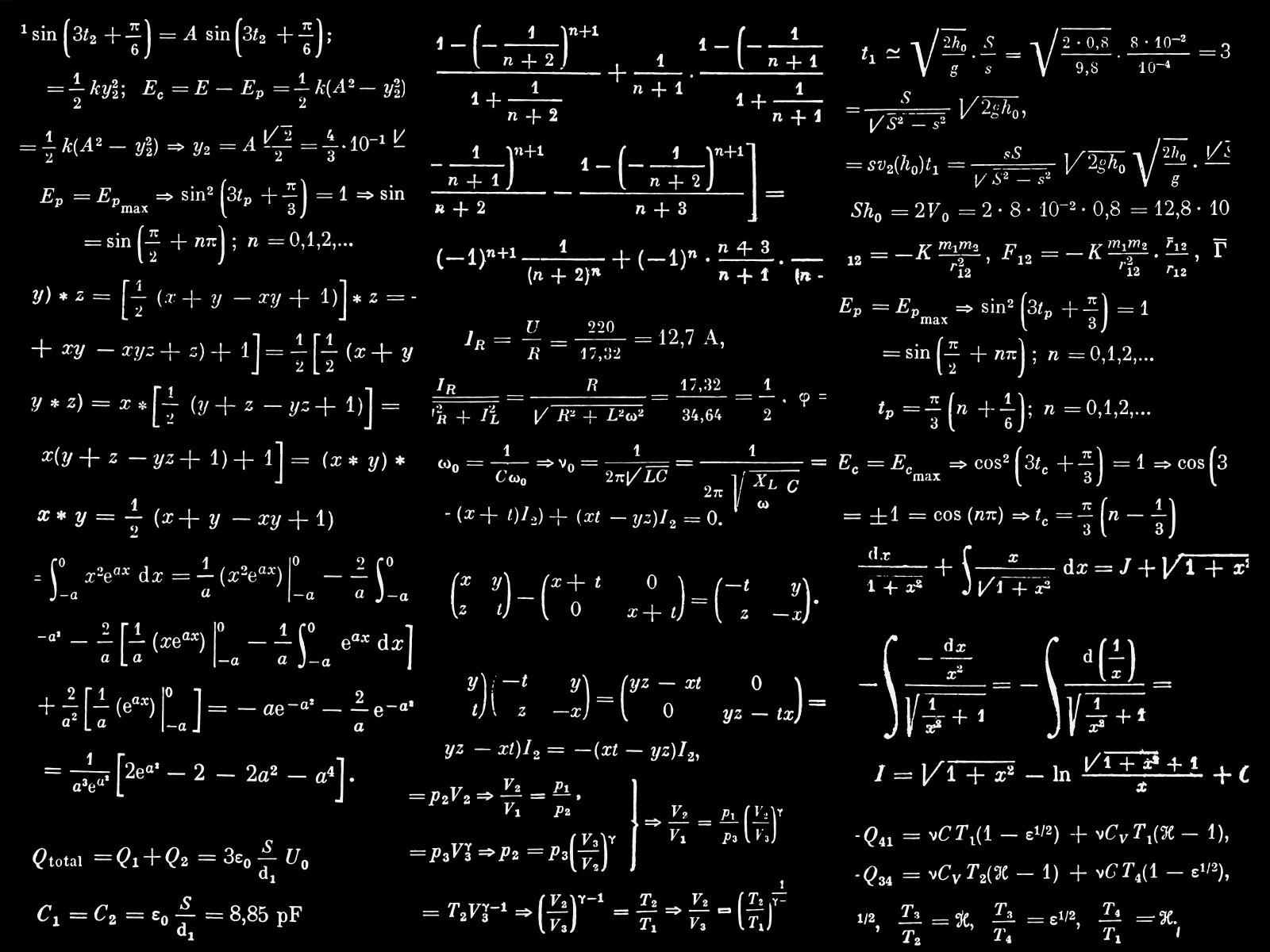
Researchers from the University of Szeged, the Rényi Institute of the ELKH and the BME Mathematical Institute have proved a half-century-old geometric conjecture.
In the early 1960s, mathematician Leo Moser asked the question: "What is the maximum fraction of a plane that can be coloured such that two coloured points cannot be exactly one unit distance apart?" In response, Hungarian mathematician Pál Erdős conjectured that this fraction could not be less than a quarter. Until now, this was only a guess, but with the collaboration of MILAB researchers and the computing capacity provided by the national laboratory, it is now a certainty – University of Szeged reported.
"Several research groups have published partial results on the problem, gradually sharpening the initial density estimate of 0.2857 to 0.2544 over the past 60 years. According to new results by Gergely Ambrus (University of Szeged and Rényi Institute), Adrián Csiszárik (Rényi Institute and Eötvös Loránd University), Máté Matolcsi (Budapest University of Technology and Rényi Institute), Dániel Varga (Rényi Institute) and Pál Zsámboki (Rényi Institute), the density in question should not exceed 0.247. The result is published in the prestigious D1-ranked journal Mathematical Programming," they write. Artificial intelligence was used for the proof, with resources provided by MILAB.
Illustration: Dan Cristian Pădureț // Unsplash